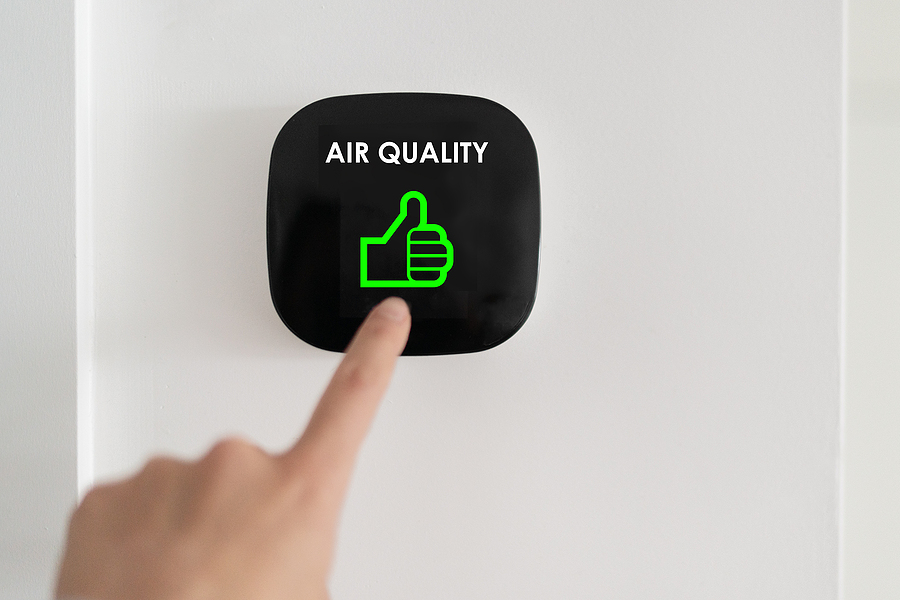
Introduction
Indoor air quality is a critical concern for both homeowners and business owners. Understanding what are potential pollutants that could reduce the quality of indoor air is essential to creating healthier living and working environments. This article delves into various pollutants that can hamper indoor air quality and the significant technologies and strategies to combat them.
Why Indoor Air Quality Matters
Indoor air quality directly affects our health and wellbeing. Poor quality air can lead to respiratory issues, allergies, and even chronic illnesses. It’s important for everyone, from families to business owners, to ensure that indoor environments are safe and healthy.
Main Indoor Pollutants
1. Particulate Matter (PM)
Particulate matter (PM) includes dust, dirt, soot, and smoke. These tiny particles can penetrate our lungs and bloodstream, causing various health concerns.
2. Volatile Organic Compounds (VOCs)
VOCs are emitted from household products like paints, cleaning supplies, and air fresheners. Prolonged exposure to VOCs can lead to significant health issues, including headaches and liver damage.
3. Mold and Mildew
Mold thrives in damp and humid environments. Inhaling mold spores can trigger allergies and asthma attacks. It is vital to address moisture problems promptly.
4. Carbon Monoxide (CO)
CO is a dangerous gas released from burning fuels in heaters, stoves, and cars. High levels of carbon monoxide can be life-threatening.
5. Radon
Radon is a colorless and odorless gas that occurs naturally from the breakdown of uranium in soil. It can seep into homes through cracks and is a leading cause of lung cancer.
6. Tobacco Smoke
Tobacco smoke contains numerous harmful chemicals. Secondhand smoke is particularly dangerous, affecting non-smokers who inhale it.
7. Pesticides
Pesticides used in household pest control can linger in the air and surfaces, leading to potential health risks, especially for children.
Sources of Indoor Pollutants
1. Household Products
Everyday products like cleaning agents, paints, and aerosols are common sources of indoor pollutants.
2. Building Materials
Building materials like asbestos, lead-based paint, and certain insulation materials can release harmful particles into the air.
3. Appliances
Gas stoves, heaters, and other appliances that burn fuel can be sources of hazardous gases like carbon monoxide.
Impact of Indoor Pollutants
Health Effects
Exposure to indoor pollutants can lead to various health problems ranging from mild discomfort like headaches and nausea to severe conditions like chronic respiratory diseases and cancer.
Reduced Comfort
Poor indoor air quality can result in an uncomfortable living or working environment, affecting productivity and overall wellbeing.
Strategies for Improving Indoor Air Quality
1. Proper Ventilation
Adequate ventilation can significantly reduce indoor air pollutants by bringing in fresh outdoor air and expelling contaminated indoor air.
2. Air Purifiers
Air purifiers with HEPA filters can effectively reduce particulate matter and allergens in indoor environments.
3. Regular Cleaning
Keeping your home or office clean can minimize dust and dirt accumulation, contributing to better air quality.
Advanced Technologies for Air Quality
1. HVAC Systems
Modern HVAC systems are designed to filter and circulate air effectively, ensuring optimal indoor air quality. For more information, check out Commercial Duct Cleaning and Residential Duct Cleaning.
2. Smart Air Quality Monitors
These devices can detect and report air quality levels in real-time, helping homeowners and business owners take immediate action when needed.
Government Regulations and Standards
Various regulations and standards govern indoor air quality to ensure safety. Adhering to these guidelin es can help maintain healthy environments.
es can help maintain healthy environments.
Conclusion
Understanding what are potential pollutants that could reduce the quality of indoor air is crucial for creating safe and healthy indoor spaces. By identifying sources and implementing effective strategies, we can significantly improve indoor air quality and overall health.
FAQ
What are the most common indoor air pollutants?
The most common indoor air pollutants include particulate matter, VOCs, mold, carbon monoxide, radon, tobacco smoke, and pesticides.
How can I reduce VOC levels in my home?
You can reduce VOC levels by using low-VOC products, ensuring proper ventilation, and using air purifiers.
What role do HVAC systems play in indoor air quality?
HVAC systems filter and circulate air, removing pollutants and ensuring a consistent supply of fresh air. Maintenance is crucial for their effectiveness.
For further reading on improving indoor air quality, visit Indoor Air Quality Improvements.